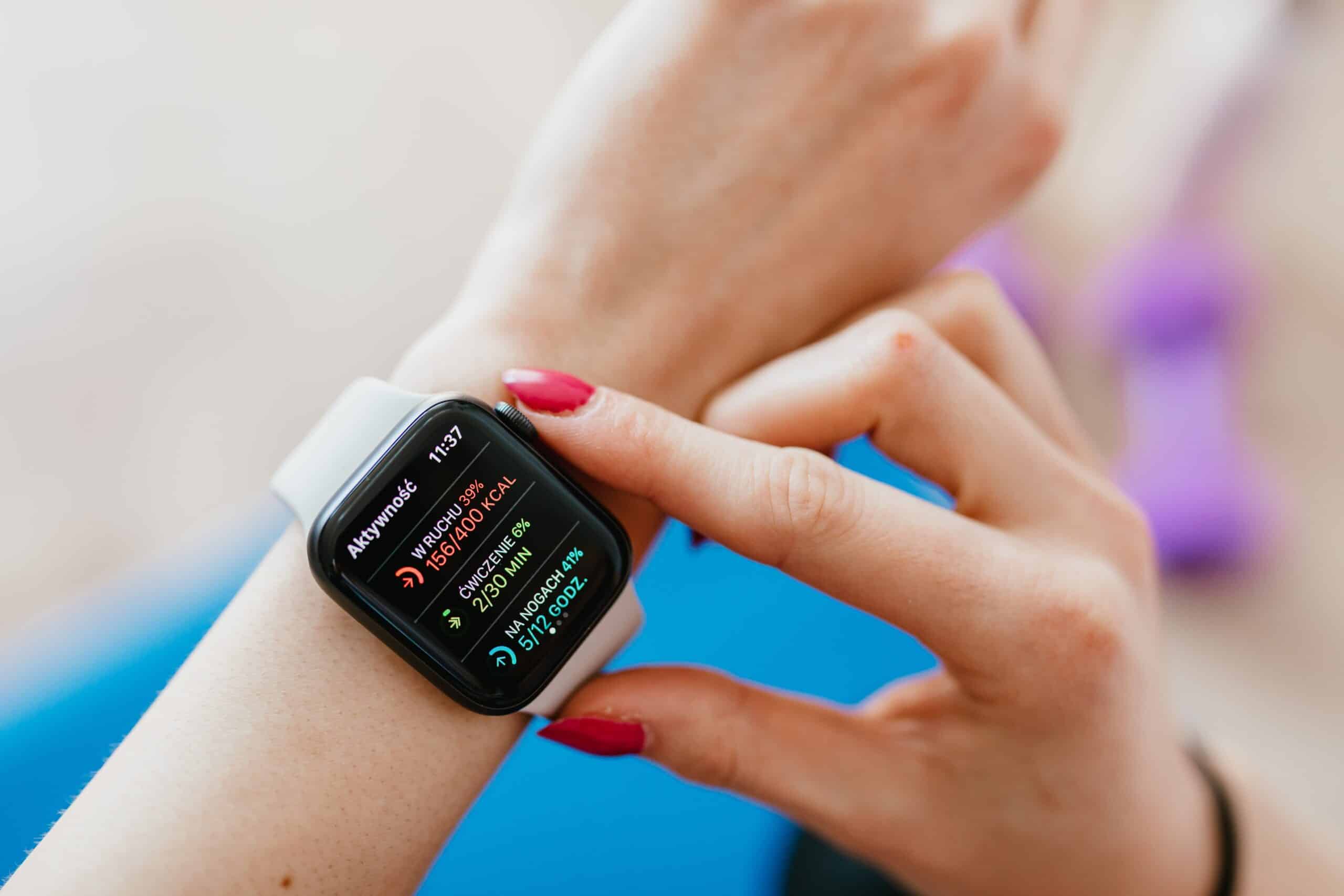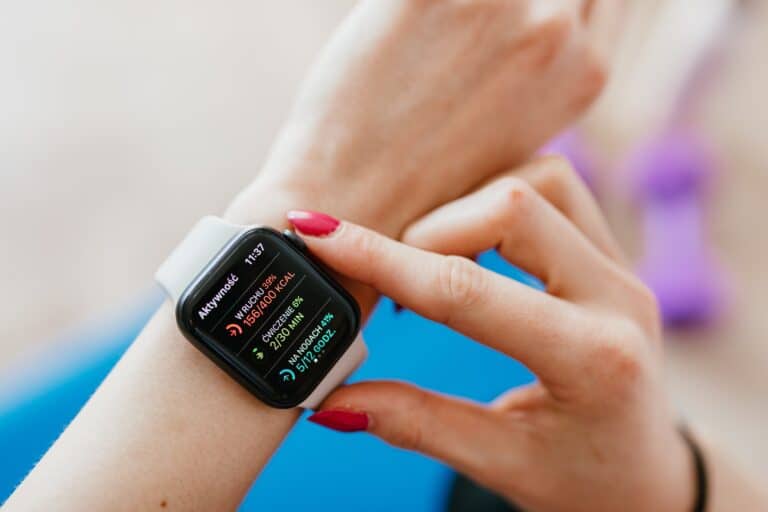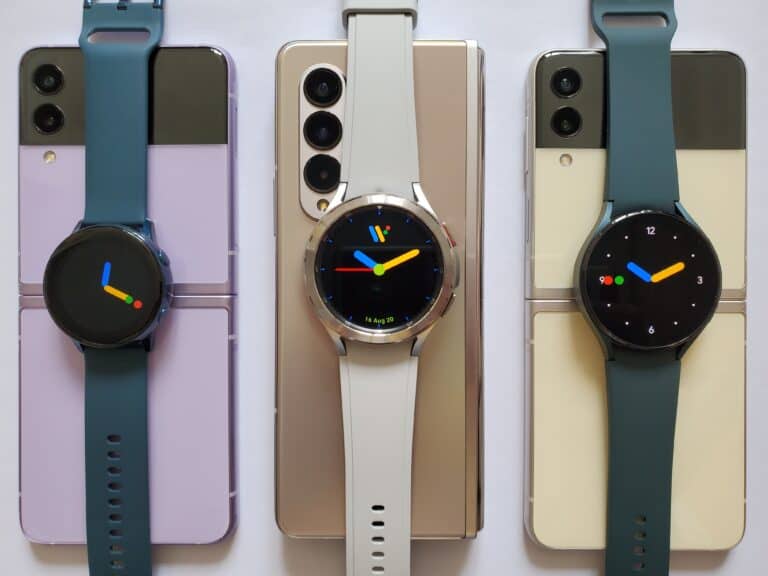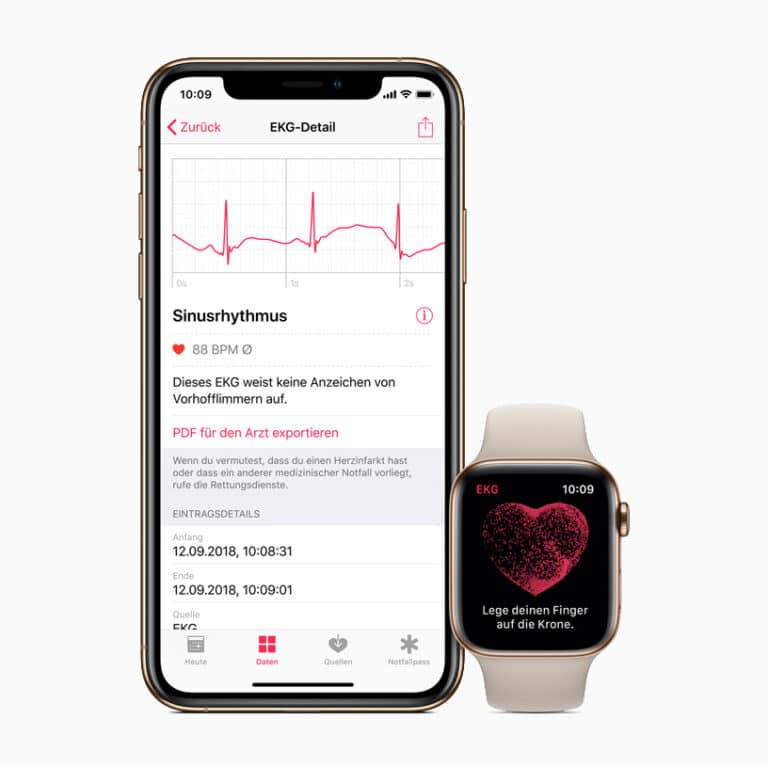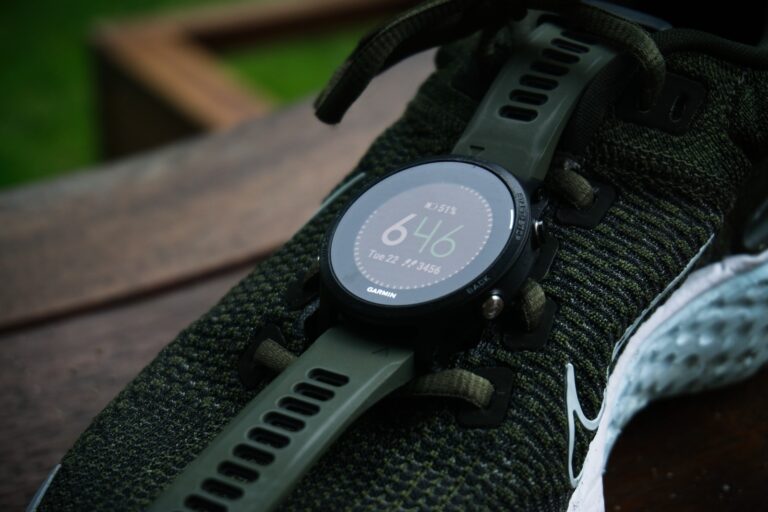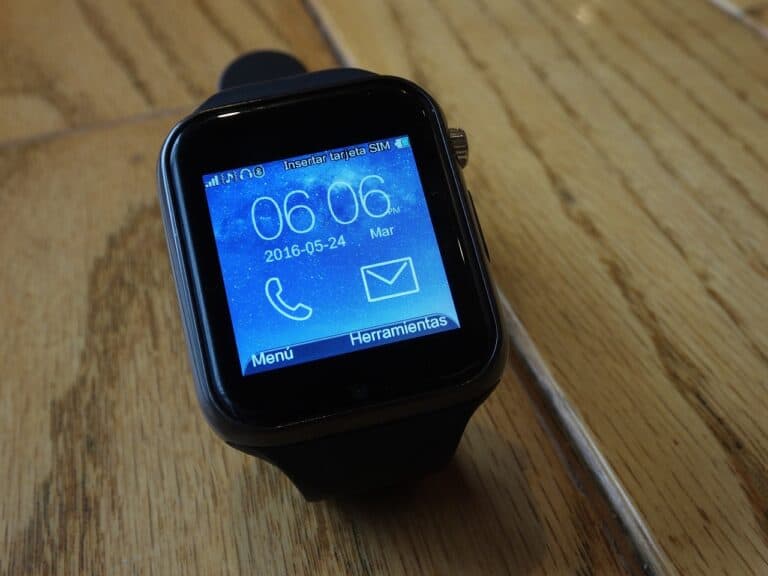No, a smartwatch cannot count steps while it is turned off. However, there’s a little bit of confusion over this because your OTHER smart devices can – and then sync that data with the watch (when you turn the watch back on).
One of the primary features of a Smartwatch is for tracking fitness activities – especially counting the number of steps you take in your day. They’re packed with sensors and software designed to monitor movements, but confusion arises when it comes to their functionality when powered off. But those sensors require power so a smartwatch can’t count your steps when it’s off.
That’s why the question is more complex than a simple yes or no when you factor other smart devices into the equation. Smartwatches rely on various technologies to track physical activity. Understanding how these devices work when they’re on can shed light on what happens when they’re off. This article explores the capabilities of smartwatches in tracking steps, even when they seem to be taking a break.
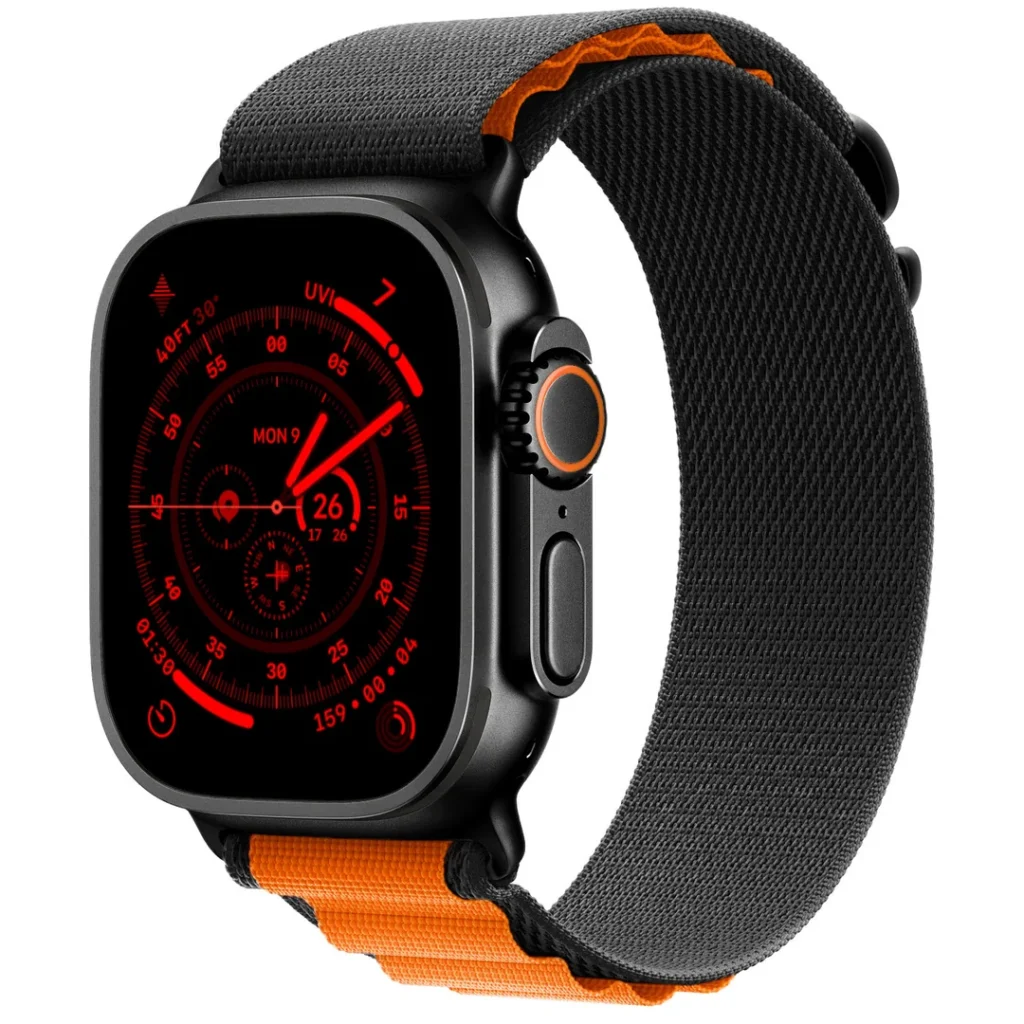
Smartwatch Functionality and Tracking
Smartwatches are popular tools for fitness tracking, but users sometimes question their capabilities. One concern is whether they continue counting steps when turned off. Here’s a breakdown of that functionality:
Why smartwatches need to be powered on for step counting
Smartwatches rely on several internal components to track your steps:
- Accelerometer: The accelerometer detects physical movement patterns.
- Software Algorithms: Software analyzes the accelerometer’s data, interpreting the movements and identifying steps.
- Power: These components require power to operate.
When a smartwatch is turned off, all its processes, including step tracking, cease to function.
Can my phone can track steps instead?
Yes! Modern smartphones also include accelerometers, and their fitness apps can track steps even when your smartwatch is off.
Here’s why your phone might be a better step tracker even when you have a smartwatch:
| Feature | Smartwatch | Smartphone |
|---|---|---|
| Wearability | Must be worn | Often carried in a pocket or bag |
| Battery Life | Shorter battery life | Can have longer lasting batteries |
| Step-tracking consistency | Tracking stops when off | Tracking can be more consistent |
Keeping track of your steps
To keep consistent step tracking, use your smartphone as a backup. Make sure the fitness/health tracking app on your phone is enabled. This data can usually be synced with your smartwatch later to combine the step counts.
Key Takeaways
- Smartwatches need to be powered on to actively track steps using built-in sensors like accelerometers, which detect movement and direction to accurately record steps taken.
- However, if a smartwatch is turned off, it may still be possible to track steps through a paired smartphone, which can count steps using its sensors and update the smartwatch once it is turned back on.
- The ability of a smartwatch to track steps when powered off heavily depends on the specific devices used and their settings, indicating that not all smartwatches and smartphones support this feature.
- Smartwatches use algorithms to determine whether movement detected by the accelerometer is a step, taking into account the pattern, frequency, and intensity of the movement.
- When a smartwatch is turned off, it stops all functions including step tracking, and any movement during that time will not be recorded or counted towards step goals.
- To ensure accurate step tracking and avoid missing out on recording physical activity, it is important to keep the smartwatch powered on.
Can a Smartwatch Track Steps When It Is Off
Many people wonder if their smartwatch can count steps when it’s turned off. This question has a simple answer: it’s not as straightforward as a yes or no. Here’s how things work. Smartwatches, like the Galaxy Watch, are designed to keep track of your physical activity, including steps. They do this using sensors and technology that sometimes work in unexpected ways.
For example, a user discovered that their Galaxy Watch 6 continued to track steps even after the battery died. This seems impossible at first. Smartwatches need power for their sensors to function. So how can they track steps without it? The explanation lies not in the watch itself, but in the connection between the watch and a smartphone.
Smartphones also have the ability to count steps. They use their own sensors to monitor your movement. When your smartwatch and phone are paired, they can share data. This means if your watch turns off, your phone might still count your steps. Once the watch is charged and turned back on, it updates the step count using the data from your phone.
It’s important to remember, not all smartwatches and phones work this way. The ability to track steps without power depends on the devices being used and their settings. In some cases, like when the phone is not nearby, step tracking might not work if the smartwatch is off.
So, while smartwatches might not directly count steps when off, they can still keep track of your activity with a little help from your smartphone. This feature ensures you don’t lose progress towards your fitness goals, even if your watch runs out of battery.
How a Smartwatch Tracks Steps
Accelerometer Technology
Smartwatches measure steps using a tiny tool called an accelerometer. This tool can figure out when you’re moving and how fast. Imagine having a small ball in a tube. When you move, the ball moves too. That’s similar to how an accelerometer works but in a much more advanced way. It senses the direction and speed of movement. Whenever you walk or run, the smartwatch records these movements. It’s smart enough to know if you’re taking a step or just moving your arm.
Step Counting Algorithms
After the accelerometer collects the data about your movement, the smartwatch uses a special set of rules, called algorithms, to decide if that movement was a step. These algorithms look at the patterns of your movement. They consider how often you move, how strong the movement is, and if it matches the usual pattern of walking. Since each company that makes smartwatches comes up with its own rules, steps might be counted a bit differently from one brand to another. The goal is to make sure the step count is as accurate as possible. This means you get a good idea of how much you’re moving every day.
Impact of Turning Off a Smartwatch on Step Tracking
When your smartwatch is off, it stops all its functions. This includes tracking steps. A smartwatch needs to be on to gather data. By turning it off, you cut off its power to record movements.
Smartwatches use sensors to track steps. The most common sensor is an accelerometer. It detects motion in three directions. When the watch is off, these sensors don’t work. They can’t track any steps because they’re not getting any power.
Some people might wonder if their steps are saved when the watch turns off. The answer is no. Steps are tracked in real-time. They’re recorded as you move. If the watch is off, there’s no recording happening. Any movement during that time won’t count.
Turning the watch back on doesn’t recover lost steps. The watch starts tracking from zero. It only records steps from the moment it’s turned on. It’s important to keep your smartwatch on if you want to track your steps accurately.
Different brands have their ways of managing power and data. But one thing is common. They all need to be on for the step tracking to work. Whether it’s Apple, Samsung, or any other brand, the rule is the same. No power means no tracking.
Remember, smartwatches offer features to save battery. These include dimming the screen or turning off certain apps. But for step tracking, the watch must be on. There’s no workaround for that.
Conclusion
Understanding that smartwatches need to be powered on to track steps is key for users aiming to monitor their physical activity accurately. The reliance on internal sensors to record movement underscores the importance of keeping the device operational throughout the day. While conserving battery life is a concern for many, utilizing features designed to extend battery duration without shutting down the device entirely can ensure continuous step tracking. This insight empowers users to make informed decisions about their smartwatch usage, balancing the need for activity tracking with battery management effectively.
Frequently Asked Questions
How does a smartwatch detect steps?
A smartwatch detects steps using built-in sensors, like accelerometers, to measure movements. These sensors track the motion of the watch on your wrist, translating specific patterns of movement into counted steps. This process requires the smartwatch to be powered on and worn correctly on the wrist for accurate tracking.
Does Apple Watch track steps without wearing it?
No, the Apple Watch does not track steps without being worn. It requires skin contact and movement to accurately measure steps through its sensors. Steps will not be recorded in the Health app if the watch is not worn.
Why does my smartwatch count steps while driving?
Smartwatches use sensors to detect movement and sometimes interpret repetitive motions, like driving, as steps. This is known as a false positive, where the device’s sensors mistakenly count movements, not related to walking or running, as steps due to the similar motion pattern.

